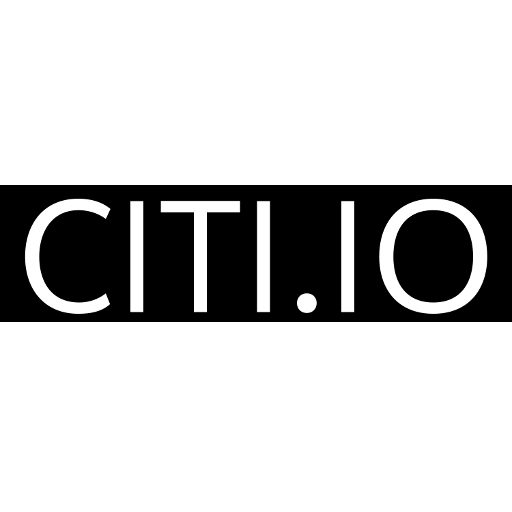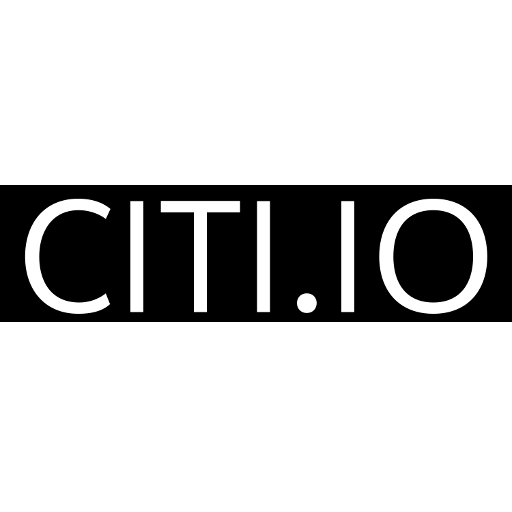In today’s complex business landscape, cultivating and managing relationships is crucial for success. Companies now turn to sophisticated enterprise software solutions to untangle the intricate web of professional connections. These tools, known as relationship mapping solutions, can provide a visual representation of the relationships between an organization and its network of contacts. This powerful strategy enables businesses to identify key influencers, leverage connections, and close deals faster. Below, we explore the significance of these tools and their impact on business outcomes.
Understanding Relationship Mapping in Enterprise Software

Relationship mapping, a key feature in many CRM systems, visually outlines connections within an organization to uncover key influencers and decision-makers. This insight helps sales teams move beyond transactional outreach and instead tailor their approach based on relationship dynamics, leading to more strategic and personalized client engagement.
It also boosts team alignment by showing who’s interacting with whom, ensuring consistency across all client touchpoints. When looking for the best enterprise software for relationship map, it’s important to choose a tool that integrates smoothly with current systems, updates in real-time, and delivers actionable insights from the data.
Enhancing Business Connectivity Through Enterprise Solutions
Enterprise relationship mapping software is part of a broader toolset that enhances business connectivity by consolidating interactions into a centralized platform. This eliminates data silos and promotes cross-departmental collaboration, giving all team members a complete view of customer relationships. These systems often integrate external data sources, such as social media, to provide richer context and support more personalized engagement.
Their real-time functionality ensures that changes in roles or contact details are immediately updated, allowing businesses to remain agile and responsive. With built-in AI and predictive analytics, these solutions can recommend next steps and identify opportunities for deeper engagement, helping businesses strategically manage their networks.
From our partners:
Streamlining Communication and Management with Relationship Mapping Tools
Relationship mapping tools enhance communication and management by revealing how individuals within and across organizations are connected. These tools enable more targeted outreach by identifying key influencers, both formal and informal, who shape decision-making processes. For sales and account managers, relationship maps help prioritize high-potential connections, reducing guesswork and minimizing miscommunication or duplicated efforts.
In globally distributed teams, they serve as a central hub for collaboration, ensuring consistent updates and unified messaging. Managers benefit from clear visualizations of team networks, allowing them to spot gaps or overlaps in relationship coverage. This insight helps direct efforts more strategically and ensures optimized engagement across clients and prospects.
The Role of Enterprise Software in Identifying Key Stakeholders
Identifying key stakeholders is essential for successful outreach and relationship management, and enterprise software is instrumental in this process. By analyzing data from various interactions, relationship mapping tools reveal not only decision-makers but also influential individuals who may not hold executive titles.
These “hidden” influencers often shape outcomes behind the scenes, making them crucial for targeted engagement strategies. Relationship maps also expose internal dynamics and potential political hurdles, helping sales teams avoid missteps. As relationships shift within an organization, modern software updates these maps in real time, ensuring strategies remain aligned with the most up-to-date information and organizational structure.
Measuring the Impact of Relationship Mapping on Business Outcomes
Relationship mapping tools are evaluated by their impact on business outcomes, such as deal closure rates and customer retention. These tools provide insights into how relationship development correlates with success, revealing engagement patterns that can guide effective strategies across teams. They also identify weak points in relationships early, allowing for timely corrective action.
By highlighting high-value connections, organizations can allocate resources more efficiently and monitor relationship-building efforts to improve ROI. Easy access to comprehensive relationship data supports a culture of transparency and collaboration, aligning teams toward shared goals in business development and customer satisfaction while driving better overall performance across the organization.
Overall, relationship mapping in enterprise software is a transformative approach that aligns businesses with the nuances of today’s interconnected professional environment. By fostering informed strategies, seamless communication, and proactive stakeholder engagement, these tools amplify a company’s ability to nurture and capitalize on its business connections. As enterprises continue to adapt to a relationship-centric world, those equipped with the most robust relationship mapping solutions are poised to thrive.










